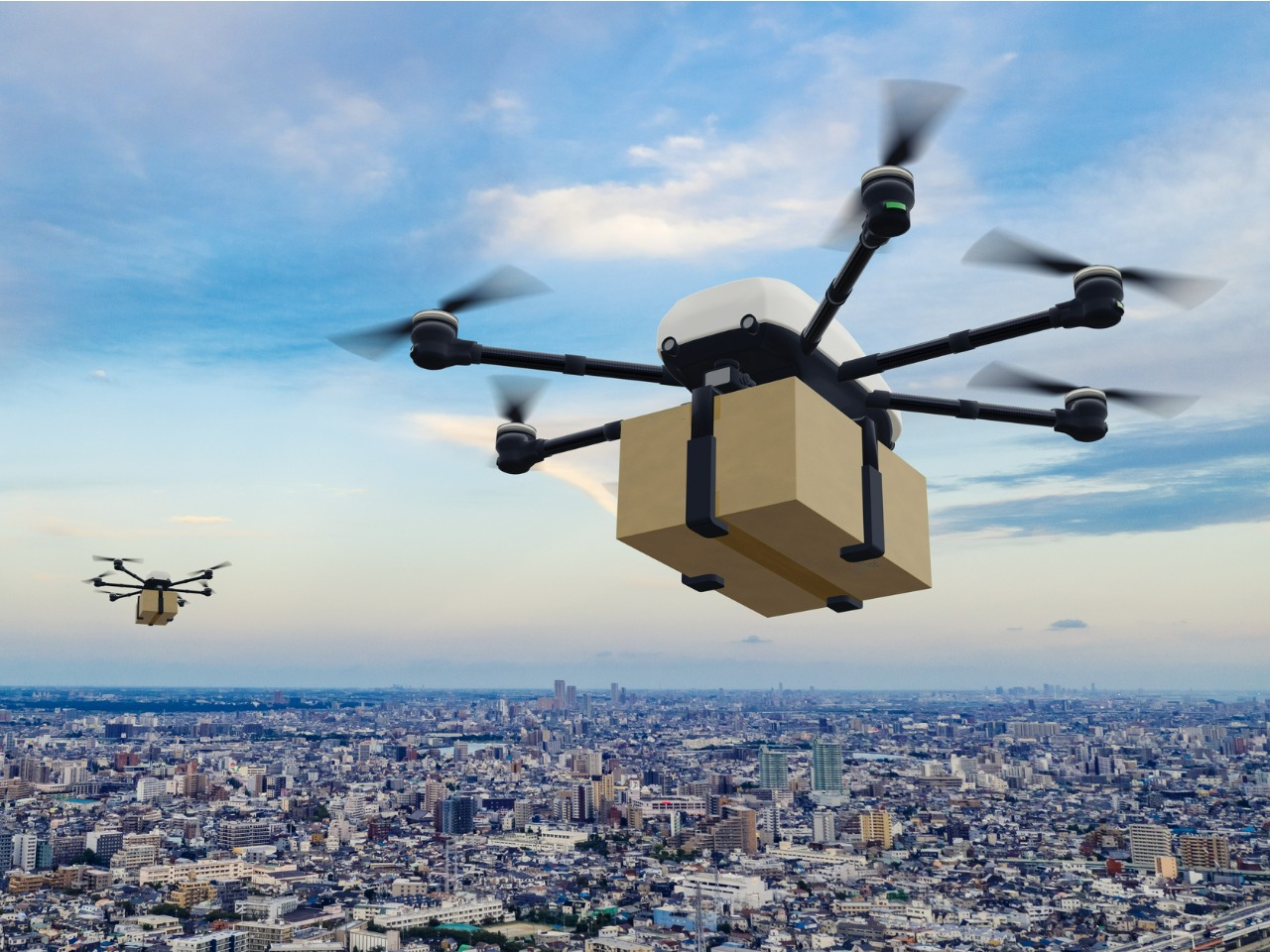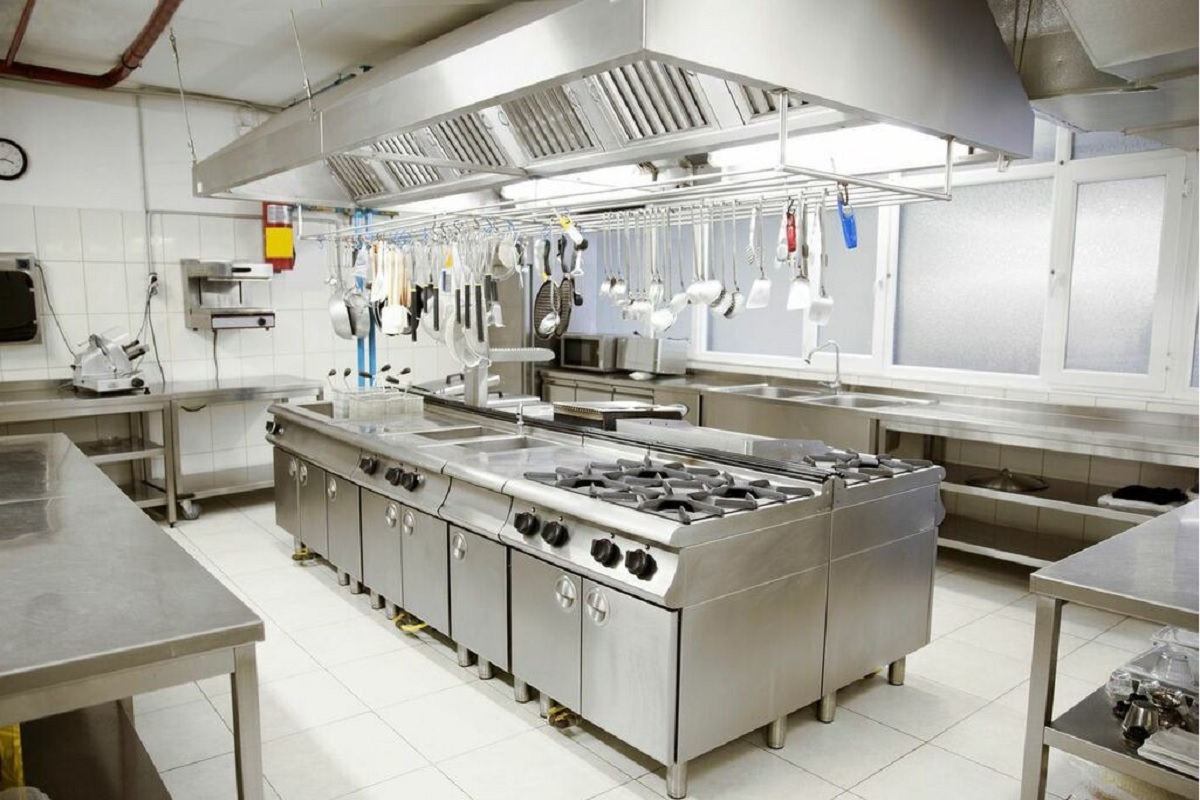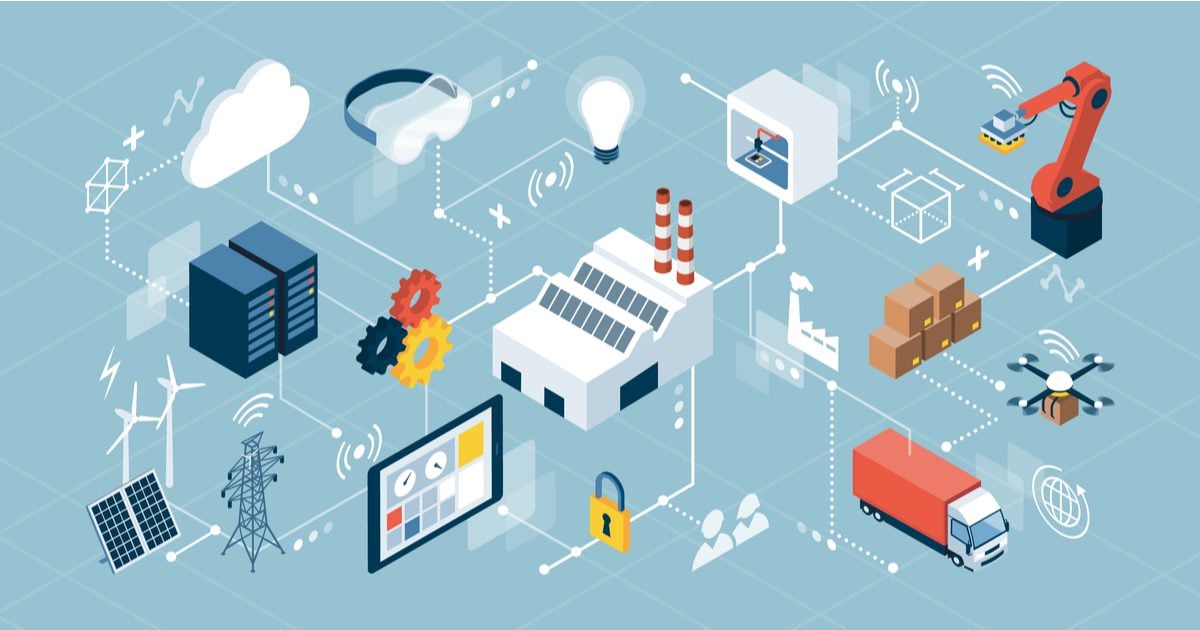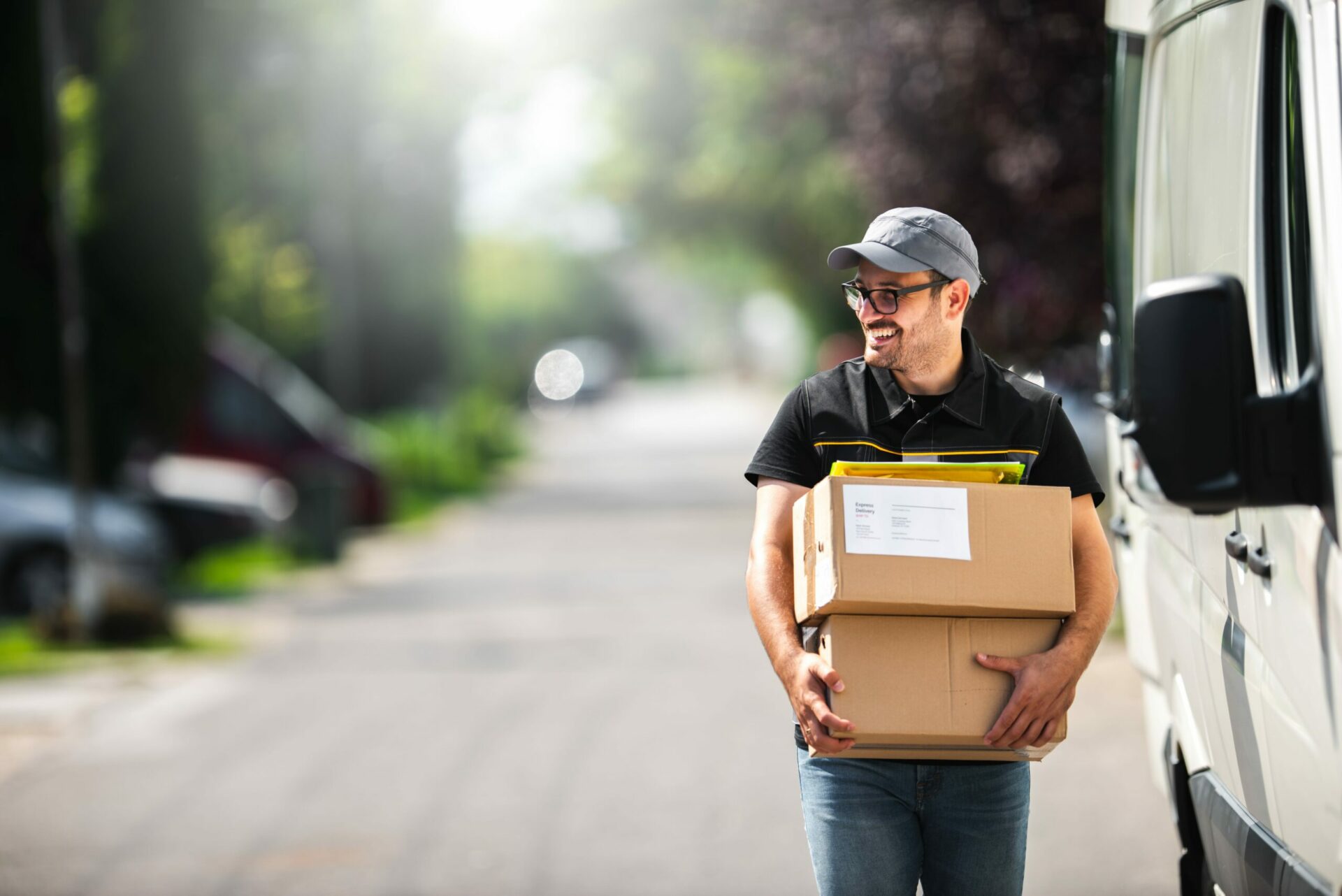The Future of Food Delivery

The Future of Food Delivery: New Technologies and Trends
The food delivery industry is constantly evolving, and new technologies are emerging that have the potential to revolutionize the future of food delivery. In this article, we will take a look at some of the most promising trends in food delivery, including drone delivery, cloud kitchens, and IoT-based delivery.
 Food Delivery by Drones
Food Delivery by Drones
Drone delivery is one of the most exciting new technologies in the food delivery space. Since drones have the potential to deliver food quickly and efficiently, and they can also access areas that are difficult or dangerous for human delivery drivers.
There are already several companies working on drone delivery, and some of them have already begun testing their services in limited areas. For example, Amazon has been testing drone delivery in the United Kingdom, and Domino’s has been testing drone delivery in New Zealand.
While drone delivery is still in its early stages, it has the potential to revolutionize the food delivery industry. Drones could make it possible to get food delivered in minutes, and they could also help to reduce traffic congestion and pollution.
 Cloud Kitchens
Cloud Kitchens
Another emerging trend in the food delivery industry. Cloud kitchens are commercial kitchens that are specifically designed for food delivery. They are typically located in high-traffic areas, and they are equipped with the latest technology to help with food preparation and delivery.
Cloud kitchens have several advantages over traditional restaurants. They are more efficient, they can operate with lower overhead costs, and they can offer a wider variety of food options. As a result, cloud kitchens are becoming increasingly popular with food delivery companies.
 IoT-Based Delivery
IoT-Based Delivery
IoT-based delivery is another trend that is gaining momentum in the food delivery industry. IoT stands for “Internet of Things,” and it refers to the network of physical devices that are connected to the Internet.
IoT-based delivery uses sensors and other devices to track the location of food orders and to monitor the temperature of food during transit. This information can be used to ensure that food orders are delivered on time and in a safe condition.
IoT-based delivery is still in its early stages, but it has the potential to revolutionize the food delivery industry. IoT-based delivery can help to improve the accuracy and efficiency of food deliveries, and it can also help to ensure that food orders are delivered in a safe condition.
 Personalized delivery:
Personalized delivery:
Personalized delivery is a trend that is gaining momentum in the food delivery industry. This is because it allows food delivery companies to provide a more tailored and relevant experience for their customers.
We can achieve personalized delivery in many ways. For example, food delivery companies can use data from past orders to recommend restaurants that the customer is likely to enjoy. They can also send notifications when the customer’s favorite food is on sale, or when a new restaurant opens that they might be interested in.
Personalized delivery can be a valuable tool for food delivery companies. It can help to increase customer satisfaction, improve retention rates, and boost sales. As technology advances, we can expect to see even more personalized delivery options become available.
 Sustainable delivery:
Sustainable delivery:
The food delivery industry has a significant environmental impact. This is due to the use of vehicles for deliveries, the packaging used to transport food, and the food waste that is generated.
As a result, there is a growing demand for sustainable delivery solutions. This could include things like:
- Using electric vehicles for deliveries: Electric vehicles produce zero emissions, which can help to reduce air pollution.
- Using recyclable or compostable packaging: This can help to reduce the amount of waste that is generated.
- Optimizing delivery routes: This can help to reduce the amount of fuel that is used.
- Reducing food waste: This can be done by delivering fresh food, also adding an option to donate uneaten food to charity.
Emerging markets
The food delivery industry is still in its early stages in many developing countries. As these markets mature, there is a great opportunity for growth.
Changes in the Food Delivery Industry
In addition to new technologies, there are also a number of changes taking place in the food delivery industry. These changes include:
- 24/7 delivery: More and more food delivery companies are offering 24/7 delivery. This is in response to the growing demand for food delivery at all hours of the day and night.
- Less human resource: The use of automation and robotics is increasing in the food delivery industry. This is leading to a decrease in the need for human delivery drivers.
- Fully automated food production: Some companies are developing fully automated food production facilities. These facilities can produce food without any human intervention.
These changes are having a significant impact on the food delivery industry. Which makes food delivery more quicker and more customer friendly.
Suggestions for Food Delivery Industry
- Improved customer service: One of the biggest complaints about food delivery companies is the poor customer service. If provided with more accurate ETA’s things will improve. It will offering more flexibility with delivery times, and being more responsive to customer complaints.
- Increased transparency: Customers want to know where their food is coming from and how it is being handled. Food delivery companies can increase transparency. They can providing more information about their suppliers, their food safety practices, and their delivery drivers.




